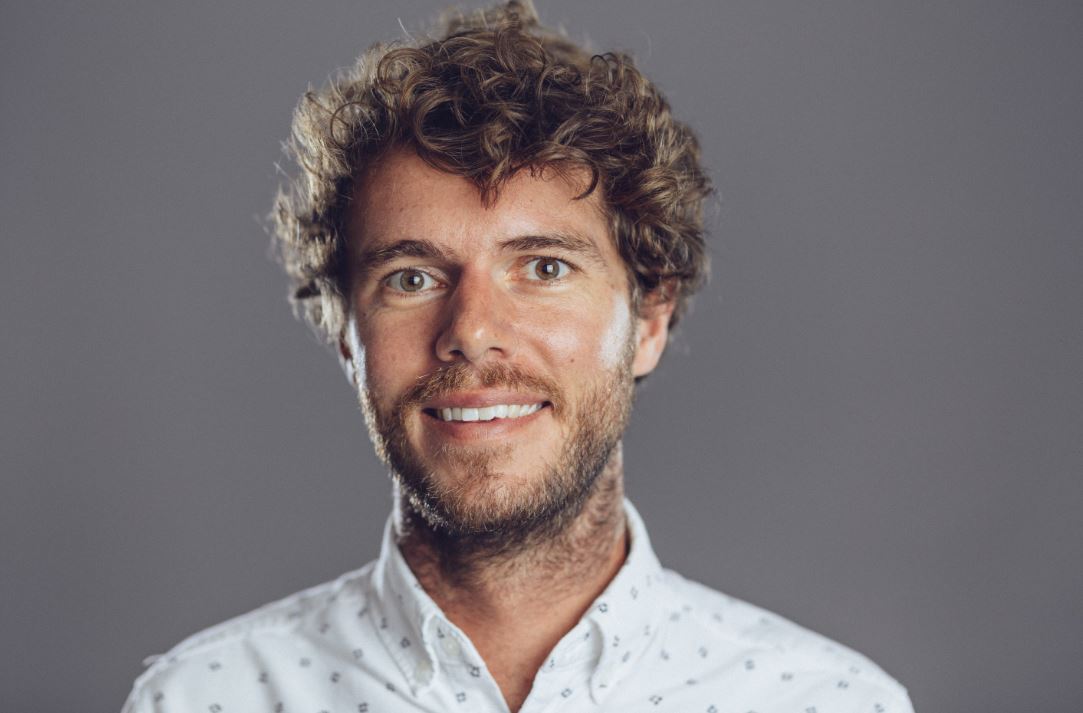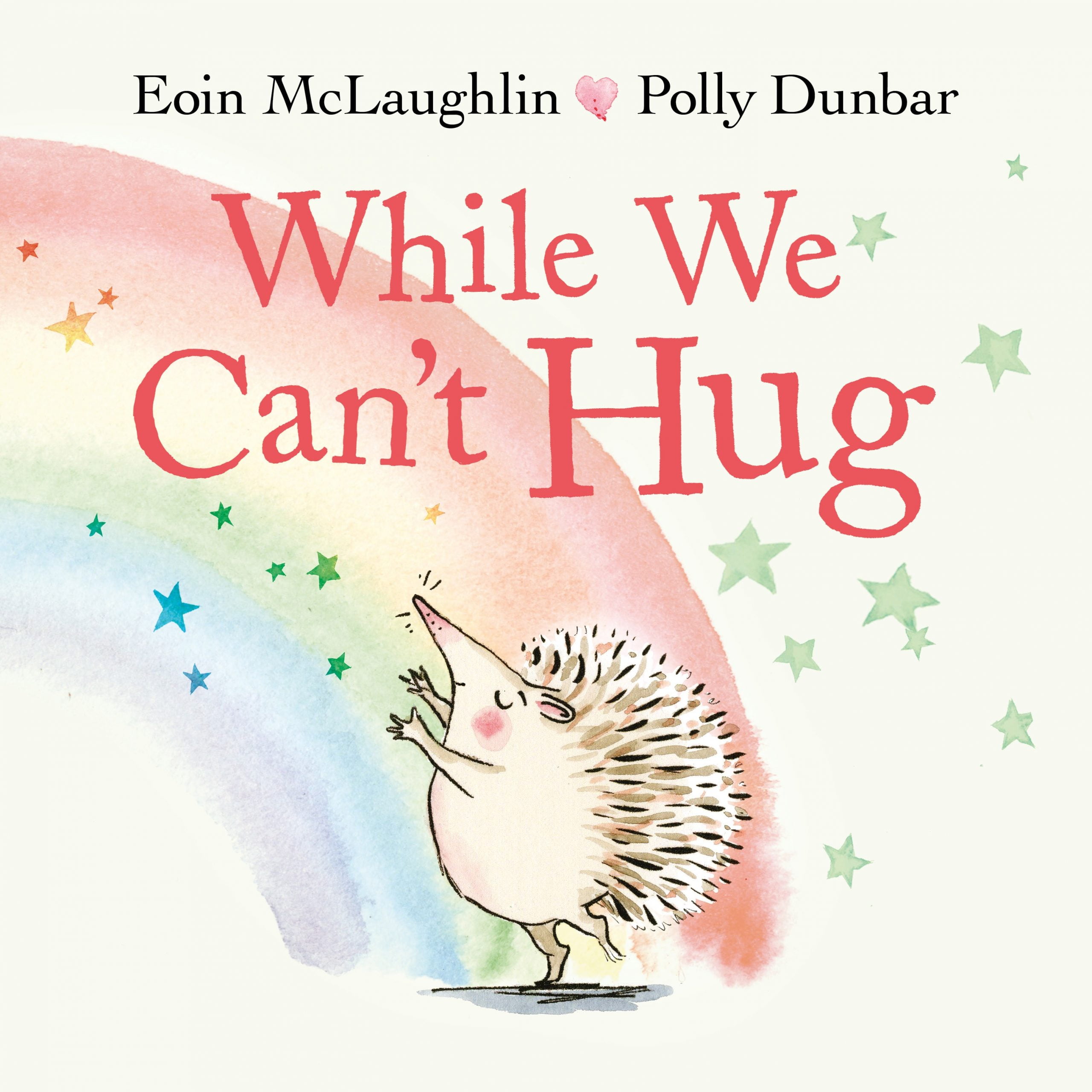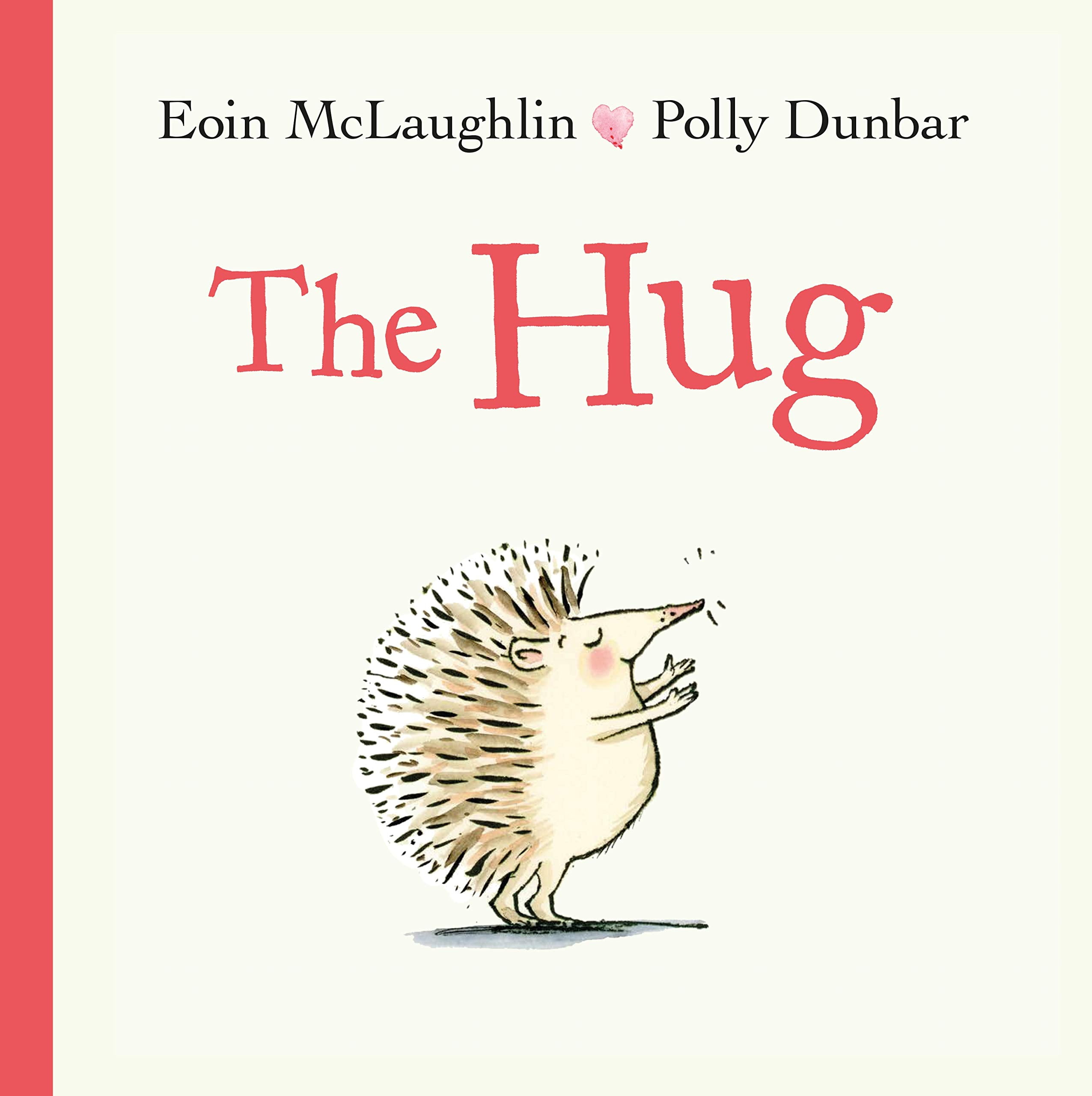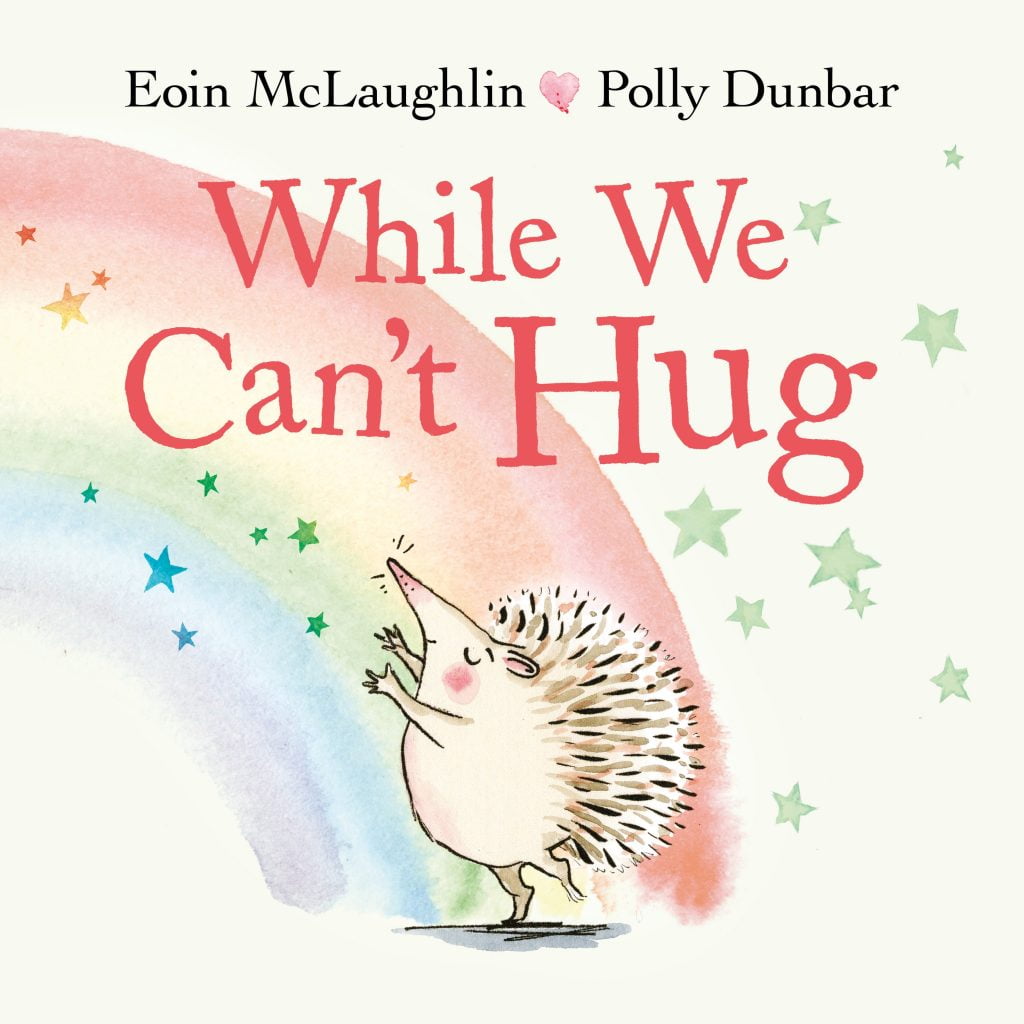A big socially-distanced welcome to Eoin McLaughlin, who joins us in The Reading Realm to talk about his new book While We Can’t Hug, which is illustrated by Polly Dunbar…

Without giving too much away, can you tell us about ‘While We Can’t Hug’, which is illustrated by Polly Dunbar?
Amidst all the lockdown doom-mongering, Polly and I wanted to try and look at social distancing in a more positive light. To create a story that helped children understand all the different ways we can show someone we care about them, even if we can’t hug them.
How did this book come about? Was it a very quick process in terms of writing and illustrating?
Quicker than a hedgehog. And much, much quicker than a tortoise. It went from keyboard to bookshelf in about six weeks. It’s our second book as a team, and we all get on very well, so we were able to move fast. I think it was particularly hard work for Polly and everyone at Faber, but it was definitely worth it. It’s been incredibly heart-warming to see the book used so widely to help children return to the classroom. At a time when everything has felt a bit weird, I feel very lucky to have been able to take part in something positive and useful.

I know how hard it is to write uncluttered, simple but heartfelt picture books! How difficult was it to write ‘While We Can’t Hug’?
It’s hard to be concise.
Can we tempt you to elaborate?
Absolutely not.
What do you hope children will take from this book?
I hope it encourages them to make up silly songs for their grandparents and send letters to their friends. To think of all the different ways they can keep in touch with those that they don’t physically see every day.
How has the pandemic influenced and impacted upon your creative process as a writer? Have you found you’ve had more or less time to write?
After seven years of failed attempts, my first five books have all just come out in a big splat. Which has been really amazing, but it’s also taken a lot of time away from writing new stories. It’s far too exciting to write Q&As for fancy websites instead! Plus, I’ve got a two-year-old, so I spend quite a lot of the working day pretending to be a monster. Or, weirdly, a boat.
I know you have a young son – how do you feel the pandemic has affected him? Have there been any positive experiences?
He’s missed his grandparents, which was definitely an influence on this story. On the positive side, I’ve been able to spend a lot more time with him. Of course, I appreciate this has been a very scary period for lots of people, in many different ways, but I’m extremely fortunate that it’s been quite a special time for my little family.
‘The Hug’ was your debut picture book, but what’s in store next for you?
Good question. ‘This Book is NOT a Bedtime Story’ comes out in October, illustrated by Rob Starling. It’s about MONSTERS. And there’s more with Polly Dunbar and Marc Boutavant in the pipeline. ‘The Hug’ books are the shortest stories I’ve written, so I’d like to try and learn how to write more simple, spare and heartfelt stories, as you mentioned. But it’s hard. To. Stop. Adding. More. And. More. Words.

Are there any children’s picture books you’ve enjoyed reading so far this year? Which children’s books are you looking forward to reading?
The big hitters in my house right now are:
‘Last Stop on Market Street’ by Matt de la Peña and Christian Robinson.
‘The Little Island’ by Margaret Wise Brown and Leonard Weisgard.
‘Going to the Volcano’ Andy Stanton and Miguel Ordóñez.
Finally, can you describe ‘While We Can’t Hug’ in three words?
Touching. Without touching.


